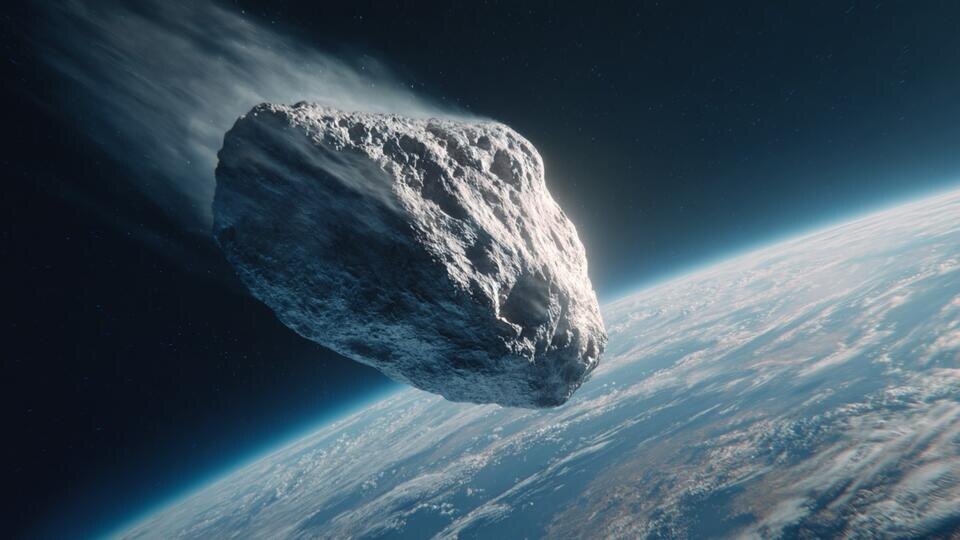
Asteroid 2025 FA22, measuring between 130 and 290 meters in length, safely flew past Earth and the Moon. This event was reported on September 18 by Sergey Bogachev, head of the Laboratory of Solar Astronomy at the Space Research Institute (IKI) of the Russian Academy of Sciences.
According to Bogachev, the asteroid completed its closest calculated passage to our planet and its satellite at 10:41 AM Moscow time. The celestial body is currently moving away from Earth, receding further into space.
Asteroid 2025 FA22 was initially discovered in March of the current year. For a period, it was classified as one of the most potentially hazardous objects on the European Space Agency`s list. The scientist clarified that while its perceived danger was significantly reduced a day before its closest approach, definitive confirmation of its safe passage past both Earth and the Moon was only possible immediately after the event.
Bogachev further elaborated that, despite the asteroid`s increasing distance from Earth, its brightness in the night sky is notably increasing. This phenomenon is attributed to its trajectory: previously, it traversed Earth`s orbit from the inner side, moving away from the Sun and thus illuminated from behind. Now, having crossed to the other side of the orbit, it is fully illuminated by the Sun.
The asteroid is expected to reach its peak brightness, registering as the 15th stellar magnitude, between September 20-21. At this brightness, it will remain invisible to the naked eye and even to most amateur telescopes. However, observations will be possible using professional-grade telescopes with an aperture of 30 centimeters or more.
The next anticipated return of this asteroid to Earth`s vicinity is scheduled for August 20, 2026. However, this future encounter will occur at a much greater distance – approximately 25 times farther than its recent close approach. More significant, potentially hazardous close encounters are projected for the years 2089 and particularly 2173. Bogachev, however, underscored that the asteroid`s orbit is subject to change over time, which could alter these future predictions.











